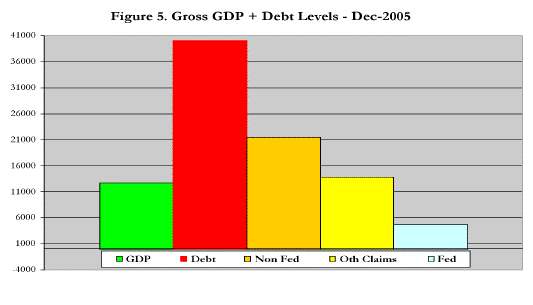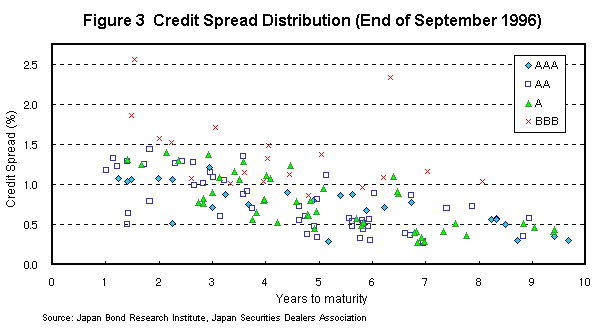Corporate Bonds An Introduction to Credit Risk
Post on: 25 Апрель, 2015 No Comment

Corporate Bonds: An Introduction to Credit Risk 5.00 / 5 (100.00%) 1 vote
Investors are usually in a unique position to lend money to companies, individuals as well as the government for regular interest payments. Like all lenders, investors need to consider a number of factors before deciding to lend their money to companies. Read this guide to corporate bonds: an introduction to credit risk for more information about investing in bonds that are issued by corporate entities.
What is a Bond?
A bond is basically an agreement between the issuer and the buyer. The issuer offers to pay a certain rate of interest throughout the term of the bond. Investors buy as many units as they can and get their bond certificates specifying the amount invested, coupon rate, maturity date, date of issue as well as the mode of interest payment; it can either be quarterly, every half year or annually. Most corporate bonds are simply debentures in that they are not backed by any collateral. Investors rely on the reputation, track record and credit worthiness of the issuer. In case of default, investors will have a difficult time recovering their funds or any interest that may have accrued. For this reason, it is important for every investor to learn how to assess credit risk.
Assessing Credit Risk
The easiest way to determine the credit risk of a given company is using the credit ratings provided by reputable organizations such as Fitch, Standard and Poors, and Moodys. However, institutional investors usually supplement these ratings with their own credit risk assessments. The two most important metrics for assessing credit risk are; capitalization ratios and interest-coverage ratios.
a) Capitalization Ratios

This is a measure of a companys financial leverage. The total amount of long-term debt of a company is divided to the companys total assets. This is like dividing your mortgage balance to the value of your home. If the ratio is 1.0, then you have no equity, meaning that the lender is exposed to a lot of risk in case of default. Basically, investing in a company that has a capitalization ratio that is less than 1.0 is less risky.
b) Interest Coverage Ratios
One of the most commonly used interest-coverage ratios is the Earnings Before Interest and Taxes (EBIT) divided by interest expense. This ratio measures the amount of money generated by a company to pay annual interest on all its debts. A credit-worthy company generates enough income to pay interest on its debts. That said, the ratio needs to be well over 1.0 for a credit worthy firm.
Investors should always avoid junk bonds because there is always a high risk of default. In addition to missing out on interest payments, investors are also likely to lose their initial investment. Investors need to understand the terms that come with a bond before investing their funds. For instance, they should watch out for callable bonds. The issuer of this type of bond can refinance the bond if interest rates in the market decline and offer a new bond that has a low interest rate. There are many other things that investors can learn from a guide to corporate bonds: An introduction to credit risk.














